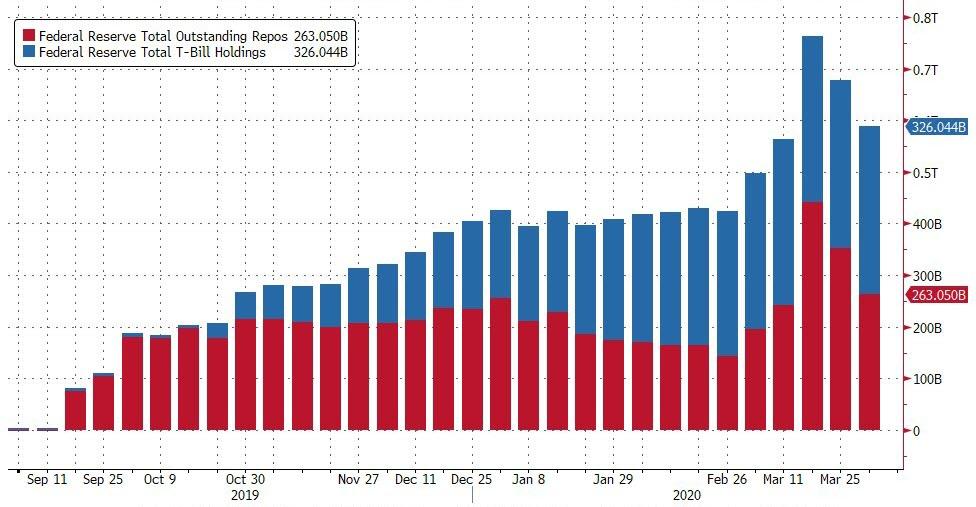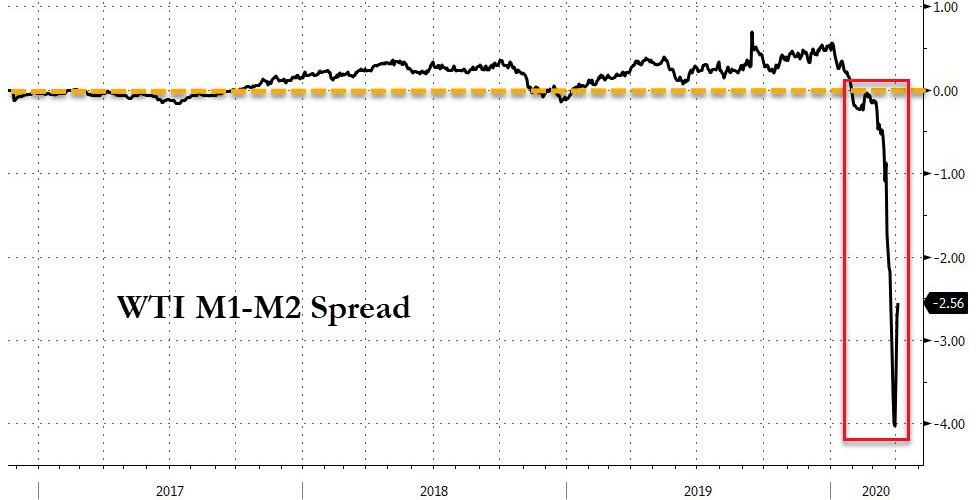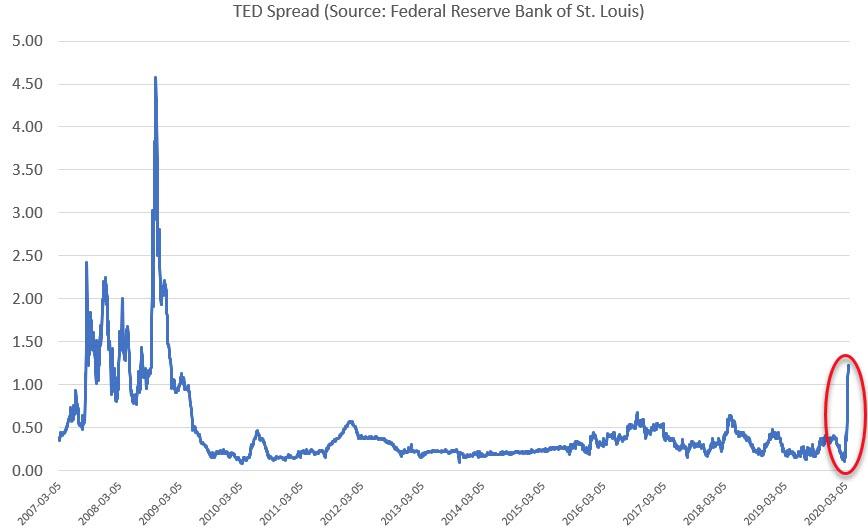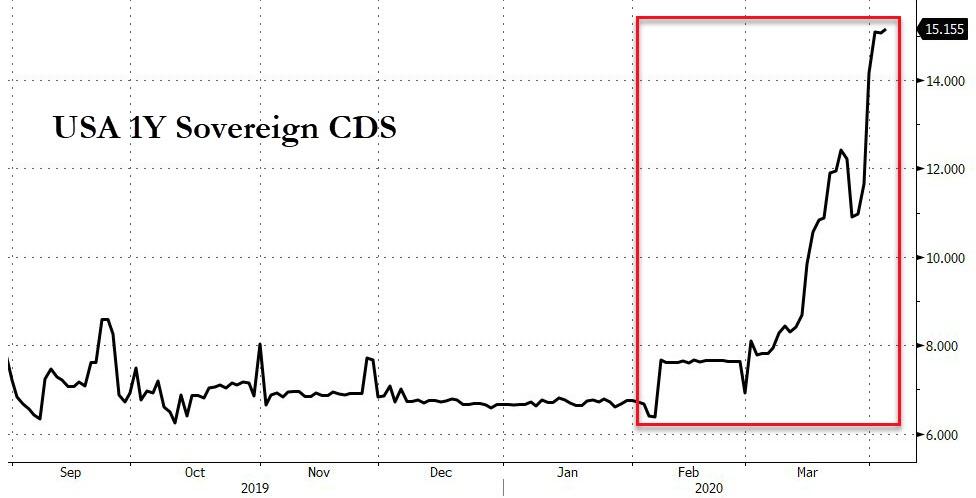The Pandemic Exposed The Frailty Of The Financial System
Authored by Fábio Santos via The Mises Institute,
Despite the more optimistic claims of political pundits and Federal Reserve officials (Jerome Powell, specifically), things are far from being under control.
Notwithstanding archetypal Austrian objections to “loose” monetary and fiscal policies on the grounds that they create production structures that ultimately deplete the pool of real savings, the operational failures of central banks cross-globally are largely nested in faulty axioms. Intellectually corrupt frameworks of analysis also appear to be à la mode, recently inspiring Mark Carney, former governor of the Bank of England, to express his fears about a possible “liquidity trap” rendering monetary policy ineffective.
A well-known calendar low period in liquidity, mid-September of 2019 nonetheless produced exceptional and very public disturbances in the repo markets, with the general collateral rate spiking above 10 percent. Contrary to the “official narrative” of a new paradigm of inflation and growth, this event unveiled vulnerabilities that had begun manifesting as early as 2018.
According to conventional reasoning, this was surely a reflection of a suddenly increased preference for liquidity – preference for actual dollars. The Fed promptly obliged, enacting new emergency measures – permanent overnight operations included – to promptly increase the level of bank reserves and (it is argued) steady interbank private funding arrangements. However, contrary to Fed assumptions, we are not presently facing a problem of liquidity vis-à-vis Great Recession; we are confronted, instead, with a serious shortage of quality collateral.
Before the Great Recession, the repo market treated not just Treasurys, but also mortgage bonds as the best-quality securities for collateralized overnight (or terminal) loans. As the panic progressed, financial institutions steadfastly rejected securities associated with toxic subprime tranches. The European sovereign debt crisis further diminished the pool of valued forms of collateral.
In effect, because no alternative securities have been introduced since the onset of the last financial crisis (that are comparable in size (and treatment) to mortgage bonds), US Treasurys prevail as the only game in town. The endless rounds of quantitative easing (or, for that matter, the myriad of credit and auction facilities and schemes explicitly designed to circumvent the discount window) exacerbates the problem by removing the best possible collateral from the system and replacing it for bank reserves.
In early February, WTI futures turned contango. There are financial factors, such as liquidity risk, that are priced in due to the inherently leveraged process of markets commanding deliveries of (physical) commodities. The oil market was signaling (then) that liquidity was fading.
After the most recent extreme volatility and economic turmoil, popular liquidity and credit risk metrics such as the OIS-FRA and Ted spreads have been soaring, the latter rising to values analogous to those observed during the Great Recession.
Moreover, the Eurodollar futures term structure shows that zero interest rate policy (ZIRP) is expected to endure with recent selling (in the front end of the curve, rather alarmingly), forecasting short-term increases in LIBOR (London inter-bank offered rate).
In summary: short-term liquidity concerns with no pricing of growth for the foreseeable future.
The financial system is broken; the pandemic readily exposed the preexisting frailties that lied immediately underneath.
Recent Fed measures have been largely inefficient, to put it mildly, and those advancing a temporary and transient return to normalcy – the proposed paradigm of growth and inflation – are heavily discounting the cautionary signs that markets have been intimating, particularly for the past year.
Tyler Durden
Sun, 04/05/2020 – 13:00
via ZeroHedge News https://ift.tt/349HrjI Tyler Durden




